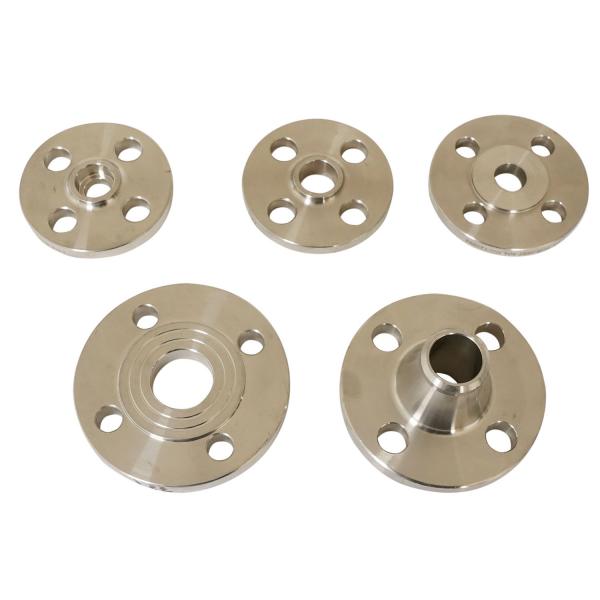Flanges are important accessories for connecting pipelines. Commonly used flanges include neck butt welding flange WN, plate type flat welding flange PL, neck flat welding flange SO, threaded flange Th, flange cover BL, SH petrochemical flange, ANSI American standard flange, etc. Flange blanks are generally divided into cold forging and hot forging processes. HEBEI CANGRUN PIPELINE EQUIPMENT CO., LTD. specializes in processing carbon steel flanges, stainless steel flanges, petrochemical flanges, etc. To create the highest value for customers, we are willing to establish a close cooperative relationship with the majority of users.
Cold forging of flanges is a forming process below the recrystallization temperature of the material. When the cold forging temperature is forged at 700°C or lower, we can observe that there is no decarburization on the surface of the blank, so as long as the reasonable range is controlled, cold forging can easily obtain good dimensional accuracy and surface finish. The material can also be cold forged when the deformation resistance at room temperature is large. Usually, the cold forging process and the hot forging process are combined to form a composite process.
The purpose of hot forging flanges is mainly to reduce the deformation resistance of metals to eliminate defects such as segregation and looseness in steel ingots to improve the mechanical properties of steel. Hot forging can forge large flanges with complex shapes. Therefore, to make flanges with high dimensional accuracy, hot forging can be used in the temperature range of 900-1000°C. In addition, compared with forging in other temperature regions, hot forging has always been loved by people for its low cost.
HEBEI CANGRUN PIPELINE EQUIPMENT CO., LTD. mainly produces flanges and pipe fittings. Please feel free to contact us if you have any needs.
Author: Maria
Post time: Jul-21-2023
